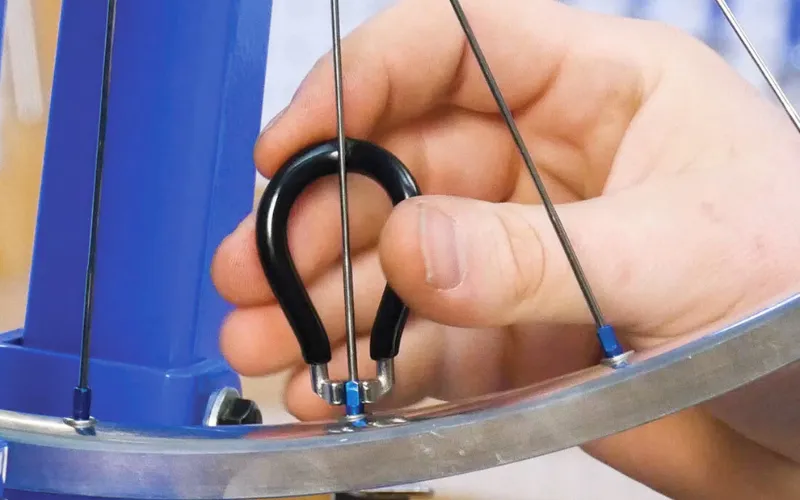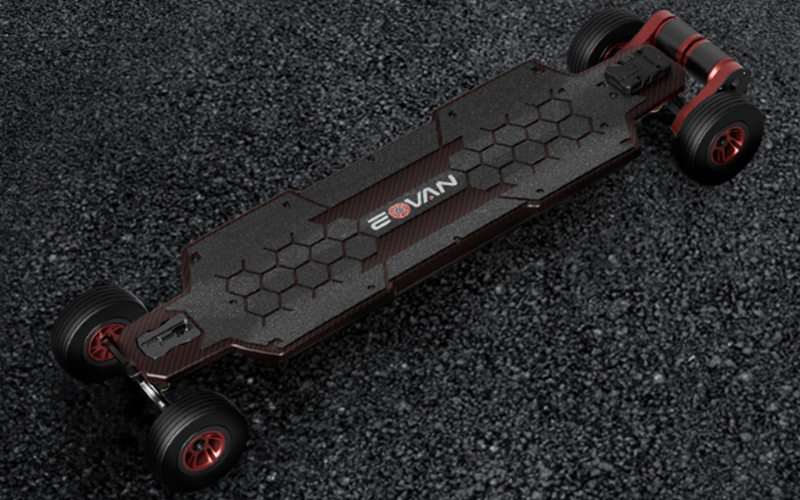If you enjoy riding electric bikes, you know how important it is to maintain a fully charged battery for a seamless and uninterrupted riding experience. Conventional charging techniques are generally accessible. Still, they might not always be useful, particularly on the go or outside.
So, can you charge an e bike with a generator? Indeed, but it also depends on how much power your generator can generate. Well, if your generator can provide enough wattage for you. You should have plenty of time to enjoy camping outdoors without worrying about coming home with dead batteries if you use a generator to charge.
Can I Charge My EV with A Generator?
Can we charge electric bike at home? Installing a home generator is the best option for charging your electric vehicle during a blackout. These silent backup power sources are sometimes known as home standby generators.
How much power does it take to charge an e-bike? A generator has a power output of up to 48,000 watts (48 kW), perfect for a larger, luxurious home, or 13,000 watts (13 kW), perfect for a 1,500-square-foot home. Furthermore, you do not need to manually transfer because standby generators use an automatic transfer switch that activates during a power outage.

How Can I Use a Generator to Charge My EBikes?
Another option is to check if your generator has adequate power to recharge an e-bike battery. Simply take the output wattage and compare it to the required amount, keeping in mind any restrictions and additional elements that can slow down the charging process.
Two items are required: a generator and a charging cable into an outlet close to the items’ storage. If theirs is too far away from them, or if none of the generators in the town function.
You can charge and try running extension cords between these locations to ensure that both battery packs come from distinct sources. One may fail owing to insufficient juice left over from use for its lifetime.

Can You Charge An Electric Car With A Generator?
For precise charging instructions, always refer to the owner’s manual for your electric vehicle. According to some reports, an electric car charger needs a generator capable of producing a minimum of 10kW of backup power.
You would require a standby generator permanently installed in your home instead of a portable generator, which is unlikely to work. It provides a full home backup with a power output ranging from 10,000 kW to over 50,000 kW.

Do You Have to Charge An Ebike?
In general, you should routinely charge the battery on your electric bike. Charging lithium-ion batteries after every ride is unnecessary, although many require regular charging.
If you have ever left a car or truck running for weeks without using it, you know it might not start up again unless you jump-start the battery. It has a different battery, but it looks like an electric bike. The idea is that to preserve battery life, you must keep it lively.
How To Charge Electric Bike Without Charger?
Charging an electric bike without a charger can be challenging. However, in emergency situations or if you don’t have access to your regular charger, you may explore some alternative methods:
- Solar Charger
- Regenerative Braking
- Visit a Bike Shop or Charging Station
- Check for Universal Chargers
Can A Solar Generator Charge An E-Bike?
You can use your solar panel to charge the battery on your e-bike. You will need a battery charger with a solar panel adapter and a solar panel with an integrated charge controller to accomplish this. It can be a wonderful alternative if you have a large solar panel system at home or are going off the grid.
Can I Charge My Ebike with An Inverter?
You certainly can. You may connect your e-bike to a solar panel or battery if you can obtain an inverter with a power output of at least 1000W. Batteries, solar panels, vehicles, and camper vans produce a voltage of roughly 12 volts. It is converted to 230 volts by the inverter, and e-bikes need this voltage to charge.
You cannot charge the E-bikes with an inverter that uses a modified sine wave; instead, they require inverters that operate on pure sine waves. Design of the E-bike chargers to run on pure sine wave voltage from domestic power sources.
Utilizing an altered sine wave inverter could cause the system to overheat and possibly cause harm to your bike and battery. A 1000w true sine wave inverter is not cheap. These inverters are high-maintenance devices. An inverter powerful enough to charge your bike should cost at least $200.
How Much Energy Does An E-Bike Require to Charge?
An electric bike’s power consumption can change based on the kind of bike and parts used. But depending on the terrain and riding circumstances, an electric bike can travel 20 to 60 miles between charges with a power consumption of 200 to 500 watts.
Is Charging An E-Bike Every Day Okay?
Commonly found in e-bikes, lithium batteries can last longer if they are charged often and kept from completely draining. Charge the lithium battery after at least every few rides to keep it healthy.
Can You Charge An E-Bike Using A Power Bank?
You may use the USB connector on many power banks to recharge the battery on your e-bike. You’ll need a USB-to-battery adapter to accomplish this. These adapters are available online or at a bicycle store. Remember that an eBike battery with a large capacity might not be able to be fully charged by a power bank.




